Fujifilm FinePix J50 Review
Fujifilm FinePix J50
Fuji's latest budget compact has a 5x zoom and a 2.7-inch monitor, but is it any good?
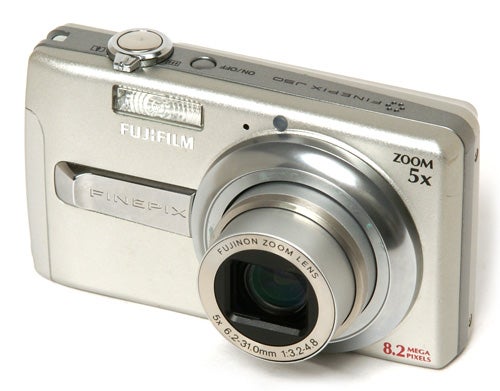
Verdict
Key Specifications
- Review Price: £99.00
Fujifilm has recently introduced two new cameras, in the process launching a completely new series of budget-priced compacts, the J-series. I looked at the ultra-compact FinePix J10 a few weeks ago, so today it’s the turn of the other new model, the 8.2-megapixel, 5x zoom FinePix J50.
Just a couple of years ago the J50 would have been a flagship model, but as modern compact cameras go, it actually has a pretty average specification. Longer zoom lenses are quickly becoming the norm, so the f/3.2 – f/4.8, 37 – 185mm equivalent 5x zoom lens on the J50 is nothing out of the ordinary. The 1/2.5-inch 8.2-megapixel CCD doesn’t stand out from the crowd, and even the larger-than-average 2.7-inch 230k dot LCD monitor is far from special. About the only thing the J50 has going for it is the price, because it’s currently selling for under £100, which is pretty cheap by any standard.
Considering its low cost the J50 is a surprisingly well-made camera. Available in either black or silver, the body is half metal, half plastic and is solidly made. It’s not a particularly small camera, measuring 95.6 x 55.4 x 32mm (not 23mm as stated by the company website and at least one other review that I’ve seen), although weighing approximately 155g including battery and card it is light for its size.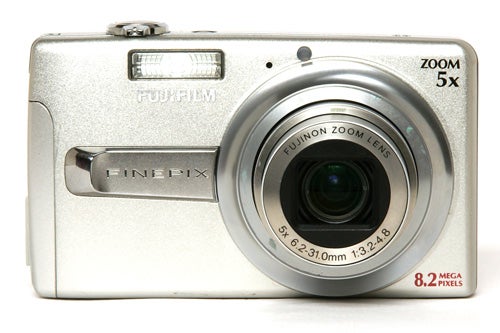
The shape of the body makes it a comfortable camera to hold, and the raised detail on the front panel provides a secure finger grip. On the back the small eight-position mode dial doubles as a thumb grip.
The J50 is a very simple camera, and apart from its longer zoom range and relatively large monitor it doesn’t have much in the way of features. In fact it’s the only camera I’ve seen recently that doesn’t even have face detection. Shooting modes are limited to an all-auto mode in which all user input except for image size and continuous mode are disabled, a basic portrait mode which warms skin tones, a baby mode which is the same but without the flash, a “picture stabilisation” mode which simply boosts the ISO setting to produce faster shutter speeds, and a red-eye reduction mode that uses a pre-flash to minimize the demonic effect of flash reflecting from peoples’ eyes.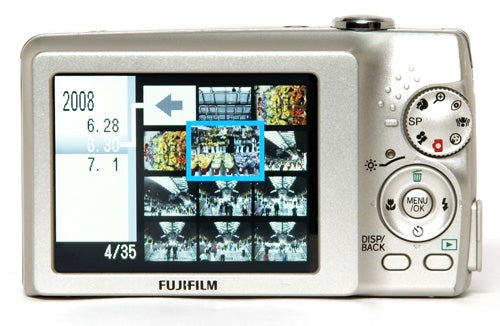
One unusual feature is the digital zoom mode. Rather than the usual arrangement where digital zoom is activated by the zoom control after maximum optical zoom is reached, on the J50 there is a setting on the mode dial that applies 3x digital zoom regardless of the optical zoom setting. 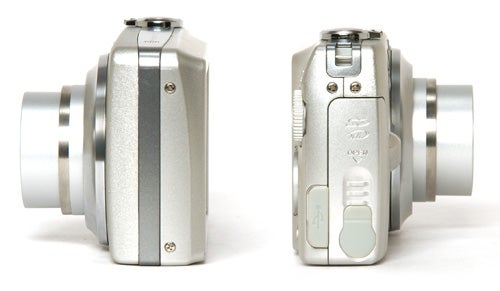
As well as the main shooting modes, there is a also a scene mode with 13 settings, including a “manual” mode which is really just a basic program auto with the usual adjustable white balance, exposure compensation and ISO setting, although the ISO range of 100-800 is very limited. Also limited is the movie mode, which is only capable of 320 x 240 resolution at 30fps. In fact the overwhelming impression I got from using the J50 was of a camera that was two or three years behind the current market.
The J50’s overall performance is nothing special either. It starts up in just under over 2.5 seconds, which isn’t too shabby, and shuts down again in under two seconds. The autofocus system is quite slow, which means that in single shot mode it takes on average over three seconds between each shot, which is definitely on the sluggish side. It has one of those annoying shutter actions which refuse to operate if you press the button too quickly after taking a shot, which slows it down even further. It doesn’t really have a continuous shooting mode, just a three-shot burst mode, but even this is very slow at approximately 1.5 seconds per shot. The only bright spot is low-light focusing, which is very good, although the lack of an AF assist lamp means it can’t focus in total darkness.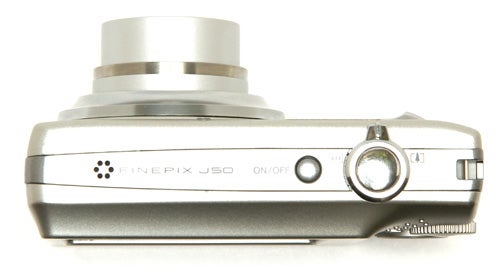
The J50’s biggest let-down is its image quality, which I can only describe as terrible. It’s a pity, because the lens actually performs very well, with virtually no distortion at either end of the zoom range, and good edge-to-edge sharpness, but it is let down by the lousy sensor. Even at the lowest ISO setting there are problems with image noise, and despite only having a maximum setting of 800 ISO, images at this setting are unusable. The combination of image noise and massive over-compression robs the images of any fine detail. File sizes at the highest quality setting average under 2MB, which is very small for an 8MP camera. Adding to these problems is very poor dynamic range, with shadow and highlight detail lost from high contrast shots. About the only good thing I can say about it is that colour rendition is fairly accurate, at least in good light and low ISO. 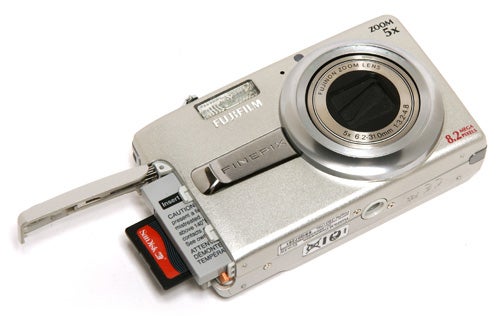
”’Verdict”’
The Fujifilm FinePix J50 is a good-looking camera, well made and sensibly designed, and the 5x zoom range and large, sharp monitor should be useful. It performs well in low light too, but even at under £100 it isn’t good value for money. Indifferent performance, a lack of even fairly basic features and seriously substandard image quality mean that this is one to avoid.
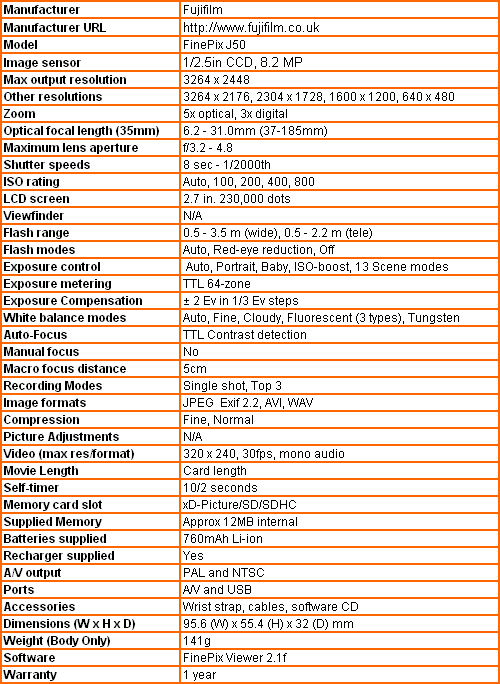
”Over the next few pages we show a range of test shots. On this page the full size image at the minimum and maximum ISO settings have been reduced to let you see the full image, and a series of full resolution crops have taken from original images at a range of ISO settings to show the overall image quality.”
—-
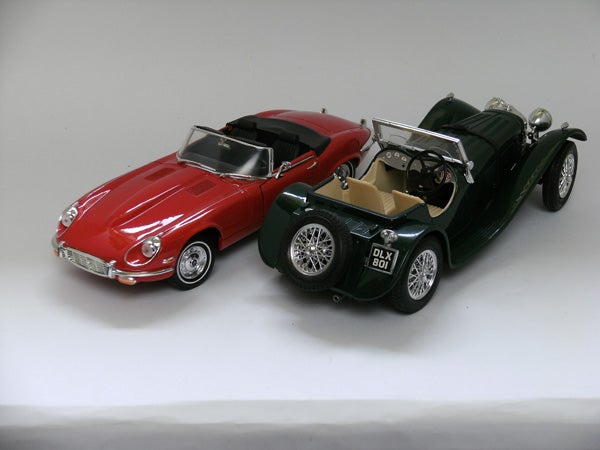
This is the full frame at 100 ISO.
—-
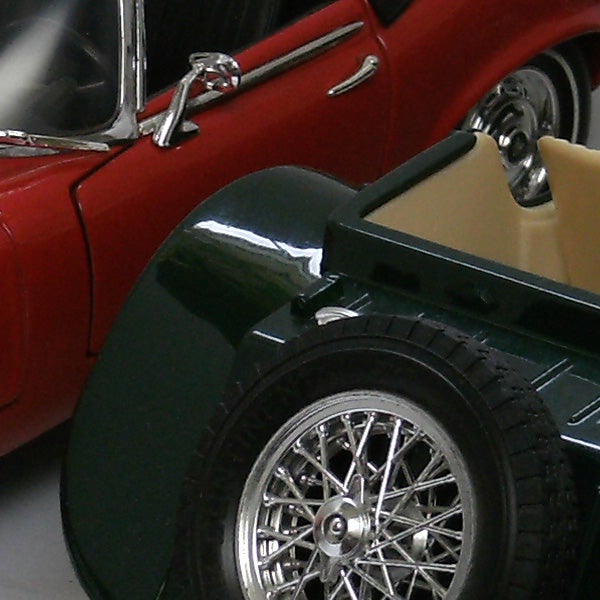
Even at the lowest ISO setting there is image noise visible.
—-
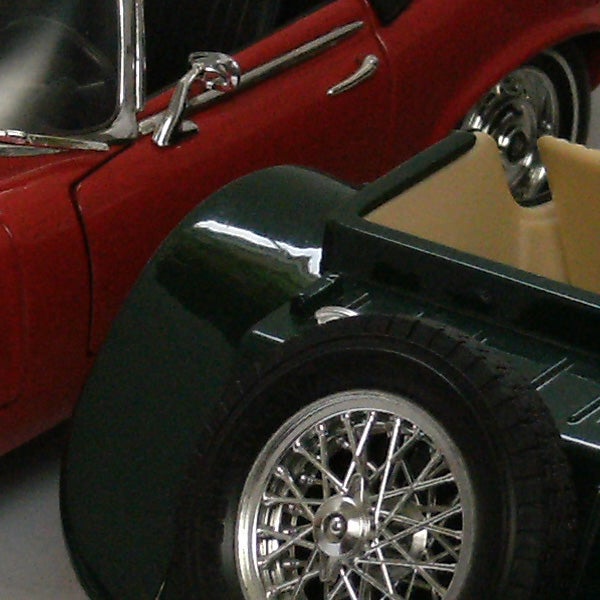
At 200 ISO the red channel is very noisy, and the green is mottled with random colour.
—-
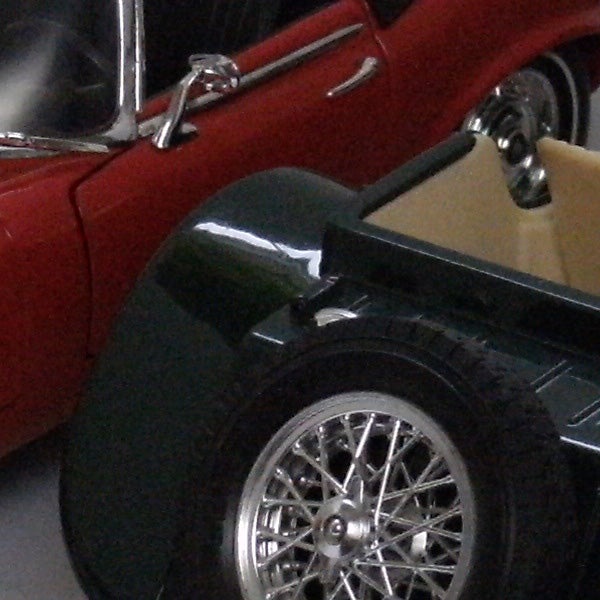
Lots of image noise at 400 ISO, with almost no fine detail.
—-
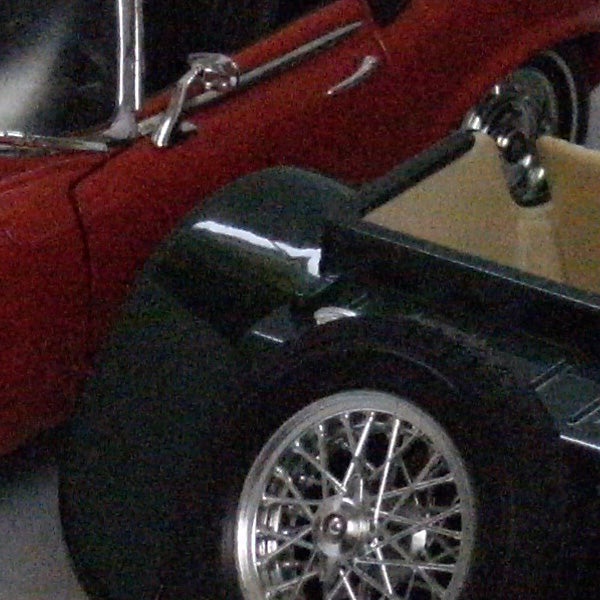
At 800 ISO the image is pretty much unusable.
—-
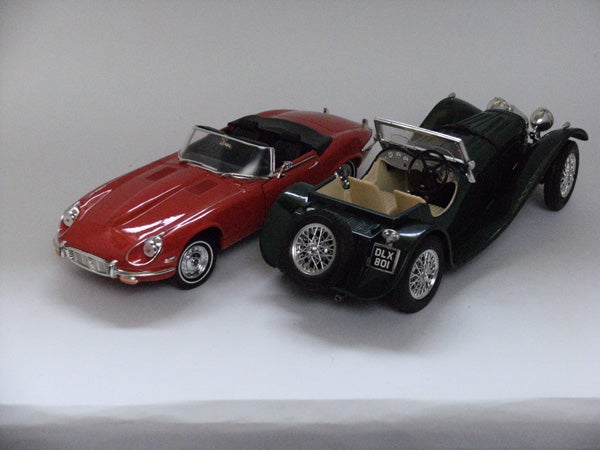
This is the full frame at 800 ISO.
—-
”A range of general test shots are shown over the next two pages. In some cases, the full size image has been reduced for bandwidth purposes, and a crop taken from the original full resolution image has been placed below it to show the overall image quality. Some other pictures may be clicked to view the original full-size image.”
—-
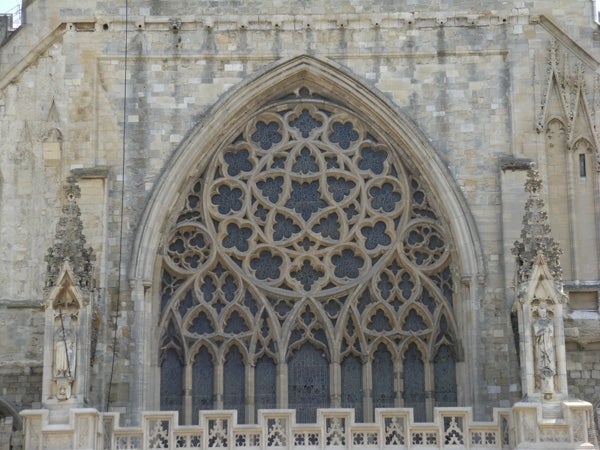
Here’s the usual detail test shot of the West Window of Exeter Cathedral, for you to compare with other cameras. See below for a full res crop, or click to see the whole picture.
—-
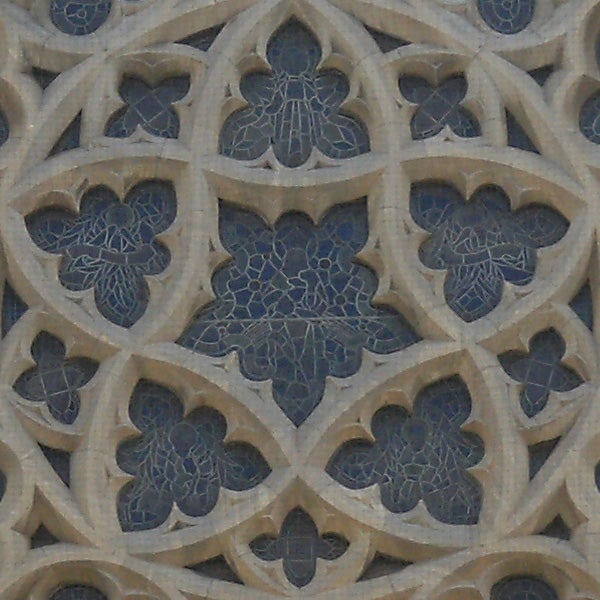
Massive over-compression and image noise at 100 ISO have robbed this picture of the kind of fine detail I’d expect from an 8MP camera.
—-
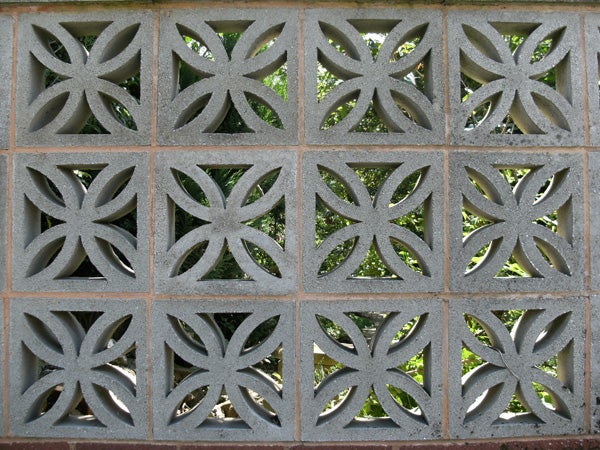
The great pity of the J50 is that the lens is actually very good, with virtually no distortion at wide angle.
—-
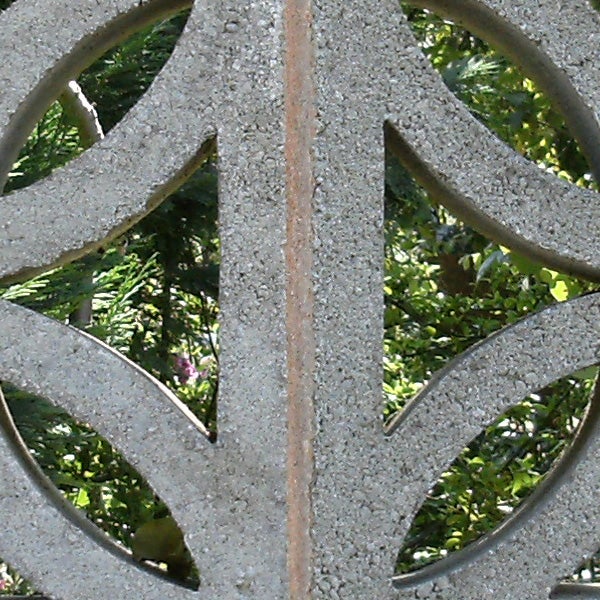
Centre sharpness is very good.
—-
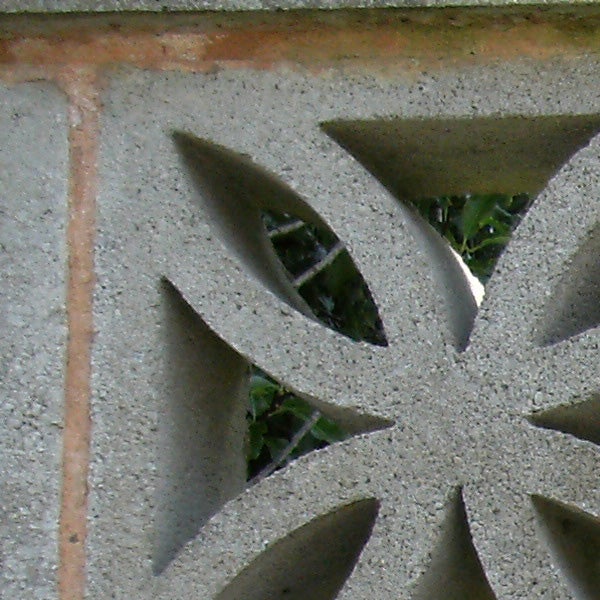
Even in the corners the lens is nice and sharp. A pity the sensor and processor can’t match it.
—-
”Here are some general test shots to help evaluate the camera’s overall image quality, including the zoom range of the lens. Some pictures may be clicked to download the full size original image.”
—-
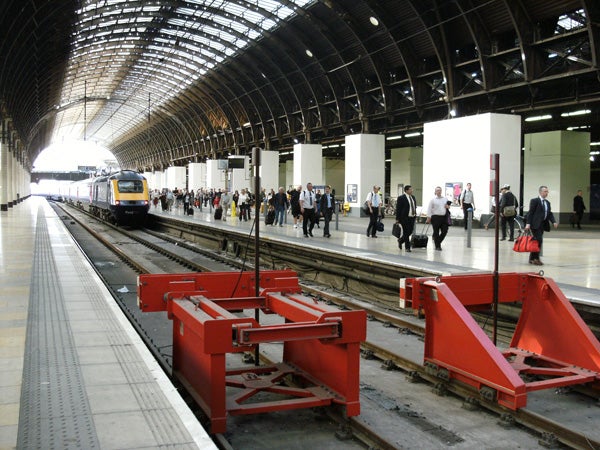
The wide-angle end of the zoom is equivalent to 37mm.
—-

Equivalent to 185mm, the telephoto end of the 5x zoom is good for getting in close.
—-
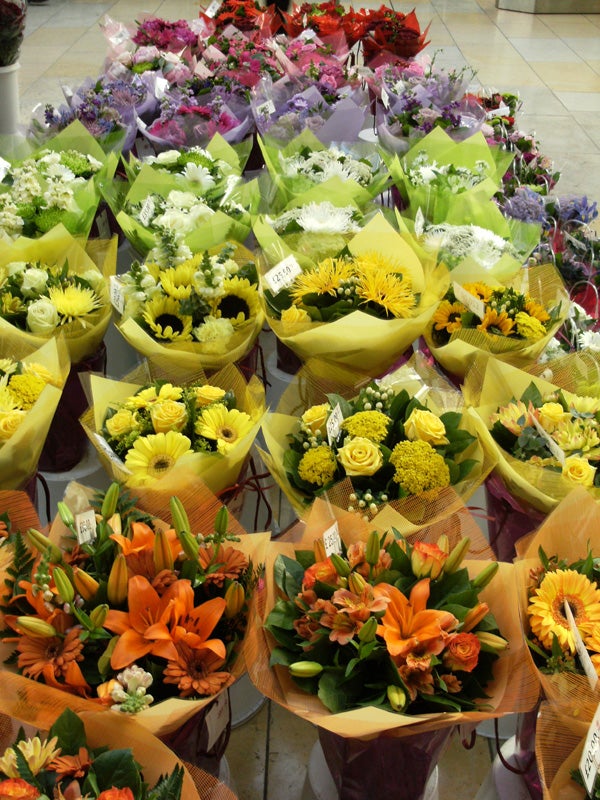
Colour rendition is up to Fuji’s usual high standard.
—-
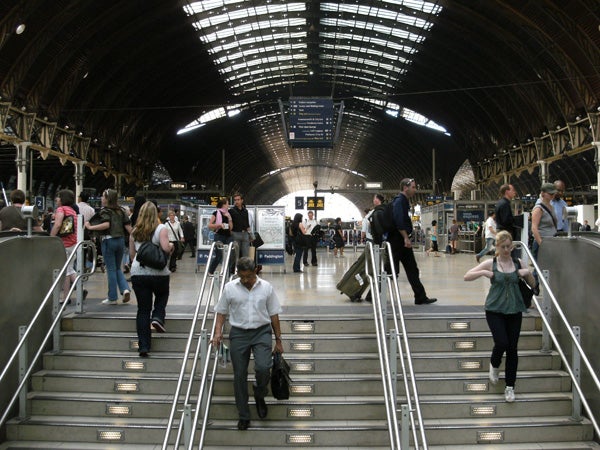
Taking a few photos is a good way to pass the time while waiting for a train.
—-
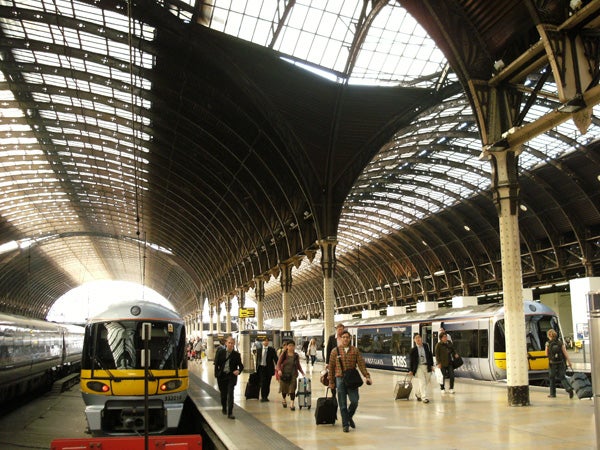
Poor dynamic range means murky shadows and burned-out highlights.
—-
Trusted Score
Score in detail
-
Value 6
-
Image Quality 4
-
Build Quality 8
Features
| Camera type | Ultra Compact |
| Megapixels (Megapixel) | 8.2 Megapixel |
| Optical Zoom (Times) | 5x |
| Image Sensor | CCD |
| Image Stabilisation | Electronic |
| LCD Monitor | 2.7 in |
| Flash modes | Auto Flash, Flash ON, Flash OFF, Red-eye Reduction |
| Video (max res/format) | 320 x 240 |
| Memory card slot | xD-Picture Card, Secure Digital (SD) Card, Secure Digital High Capacity (SDHC) Card |

